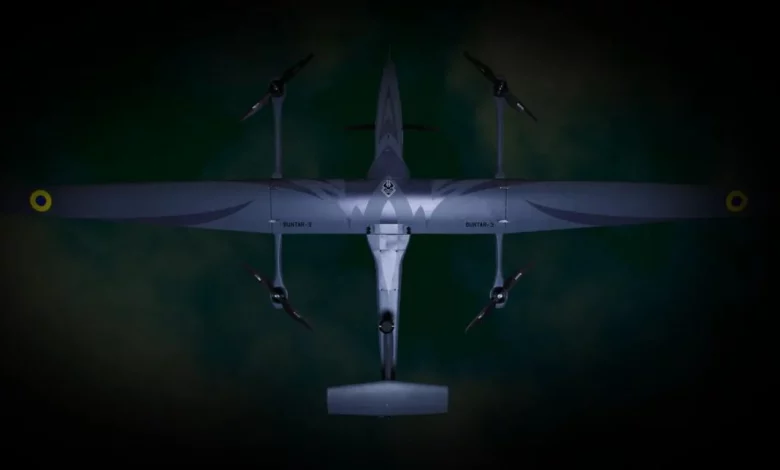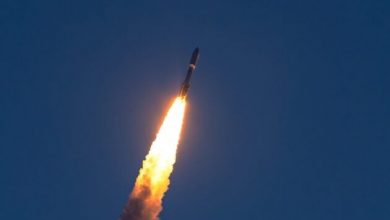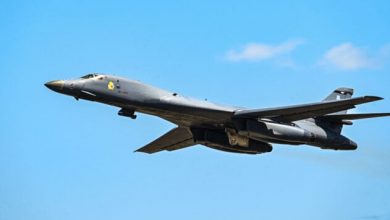Ukrainian firm develops new Buntar-3 recon platform

Ukrainian defense tech company Buntar Aerospace has introduced its Buntar-3 reconnaissance system, which the firm says has already been tested in live combat across multiple frontlines.
The company detailed the system’s architecture and capabilities in comments to Oboronka, a local defense outlet.
Buntar-3 is not a standalone drone but an integrated reconnaissance system operated through a unified software platform.
“Buntar-3 is not a separate airframe, but a full-fledged system,” the company said. “At its core is our proprietary Copilot—a ‘combat assistant’ that forecasts mission scenarios, helps avoid mistakes under pressure, calculates flight sequencing, ensures uninterrupted coverage, and centralizes multi-camera streaming.”
The system has reportedly undergone field testing in several contested areas, including the Bryansk, Belgorod, Kupiansk, Lysychansk, Pokrovsk, Kurakhove, and Svatove directions.
Buntar Aerospace emphasized that all system operations—mission planning, execution, and data analysis—are managed through a single interface. This setup allows one operator to control multiple aerial vehicles simultaneously.
The Buntar-3 platform, as described by the company, is capable of operating for up to 3.5 hours with a tactical radius of 80 kilometers. It can detect targets at distances of up to 15 kilometers and functions without GPS, maintaining resilience against electronic warfare. Vertical takeoff and landing capabilities further enhance its operational flexibility in complex terrain.
“The modern battlefield is dynamic—signals, jamming modes, and tactics all evolve rapidly,” the company said. “The Buntar-3 architecture allows both the hardware and the ‘brain’—our Copilot software—to adapt quickly to specific unit needs.”
Buntar Aerospace added on its website that it designs “innovative UAVs to deliver state-of-the-art” capabilities.
The company has begun contract negotiations and is preparing for serial production, though it declined to disclose production volume for security reasons.





